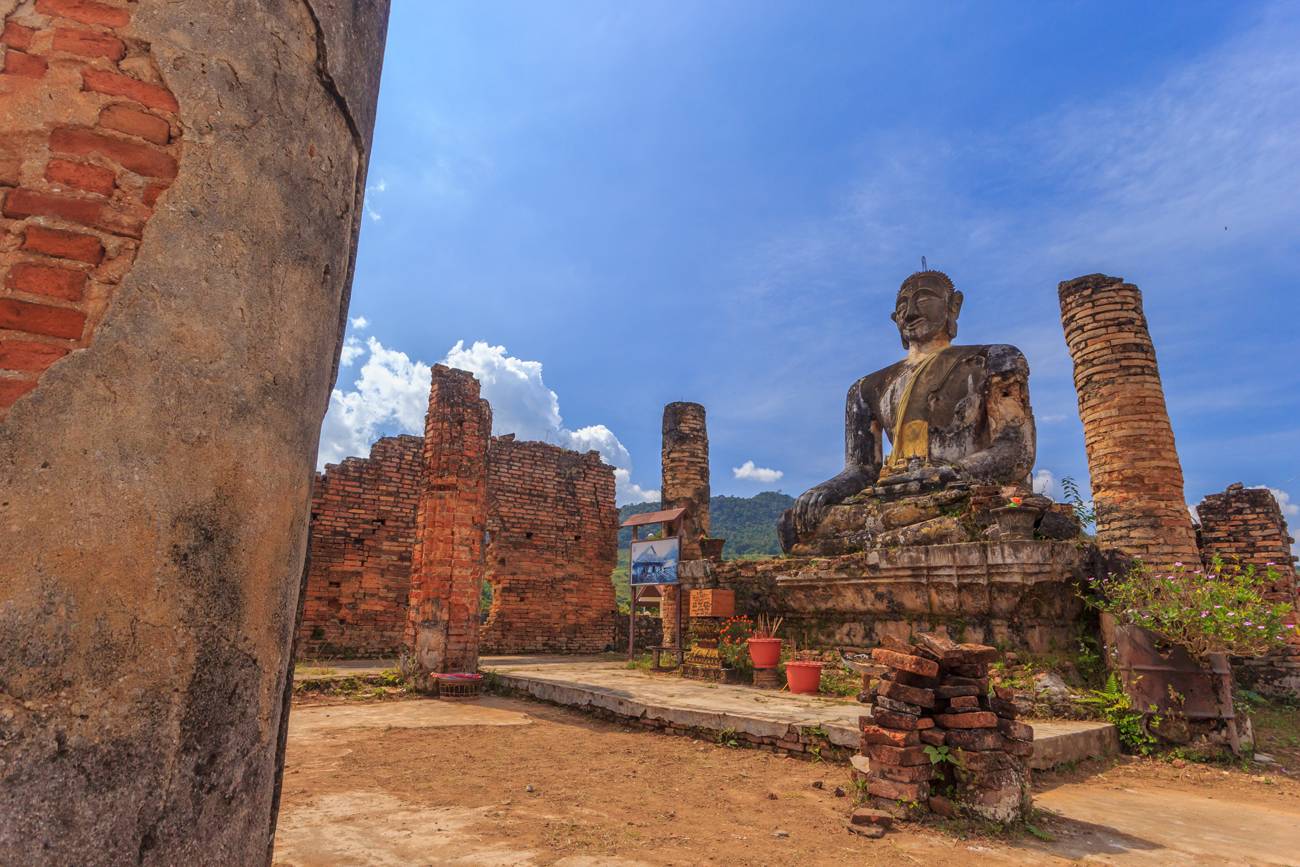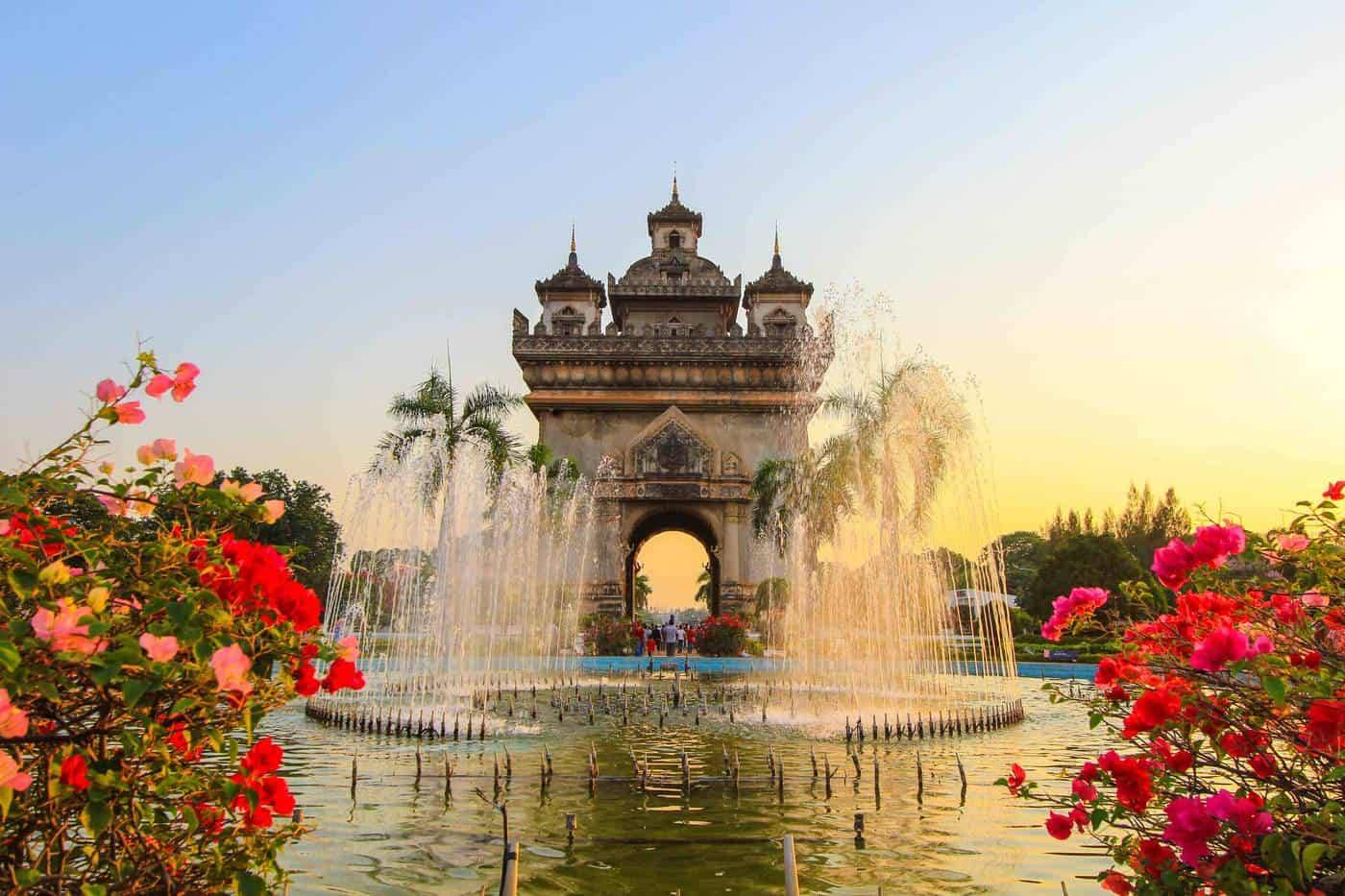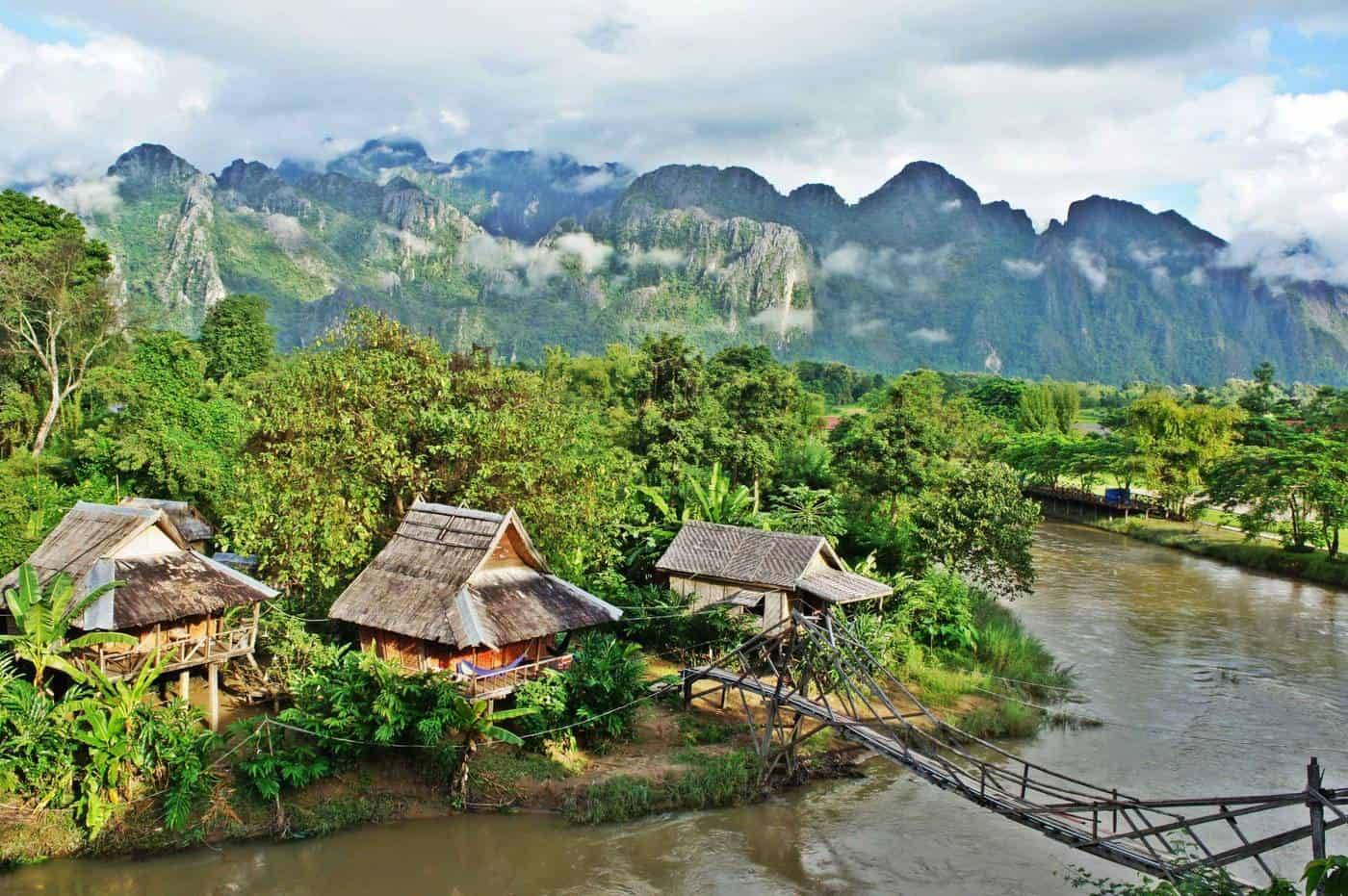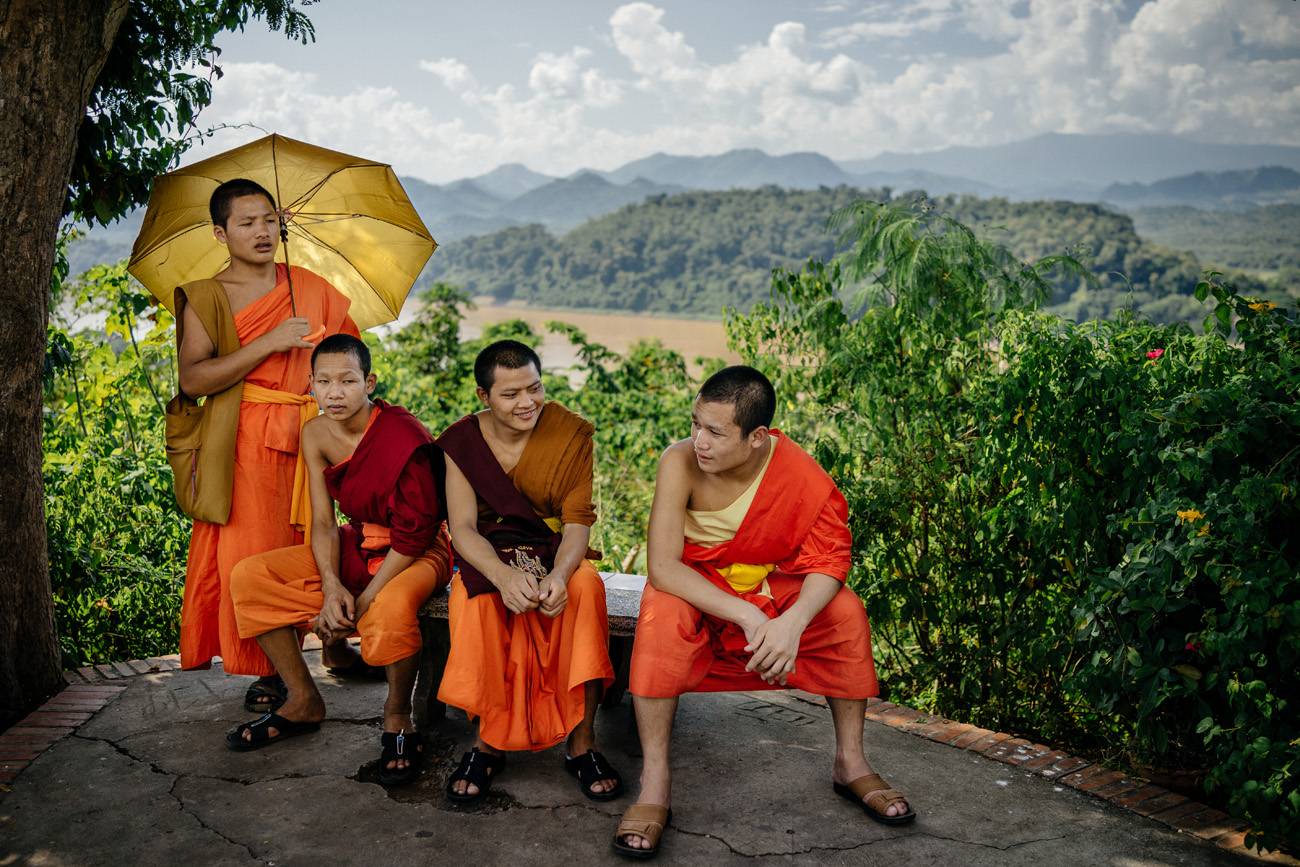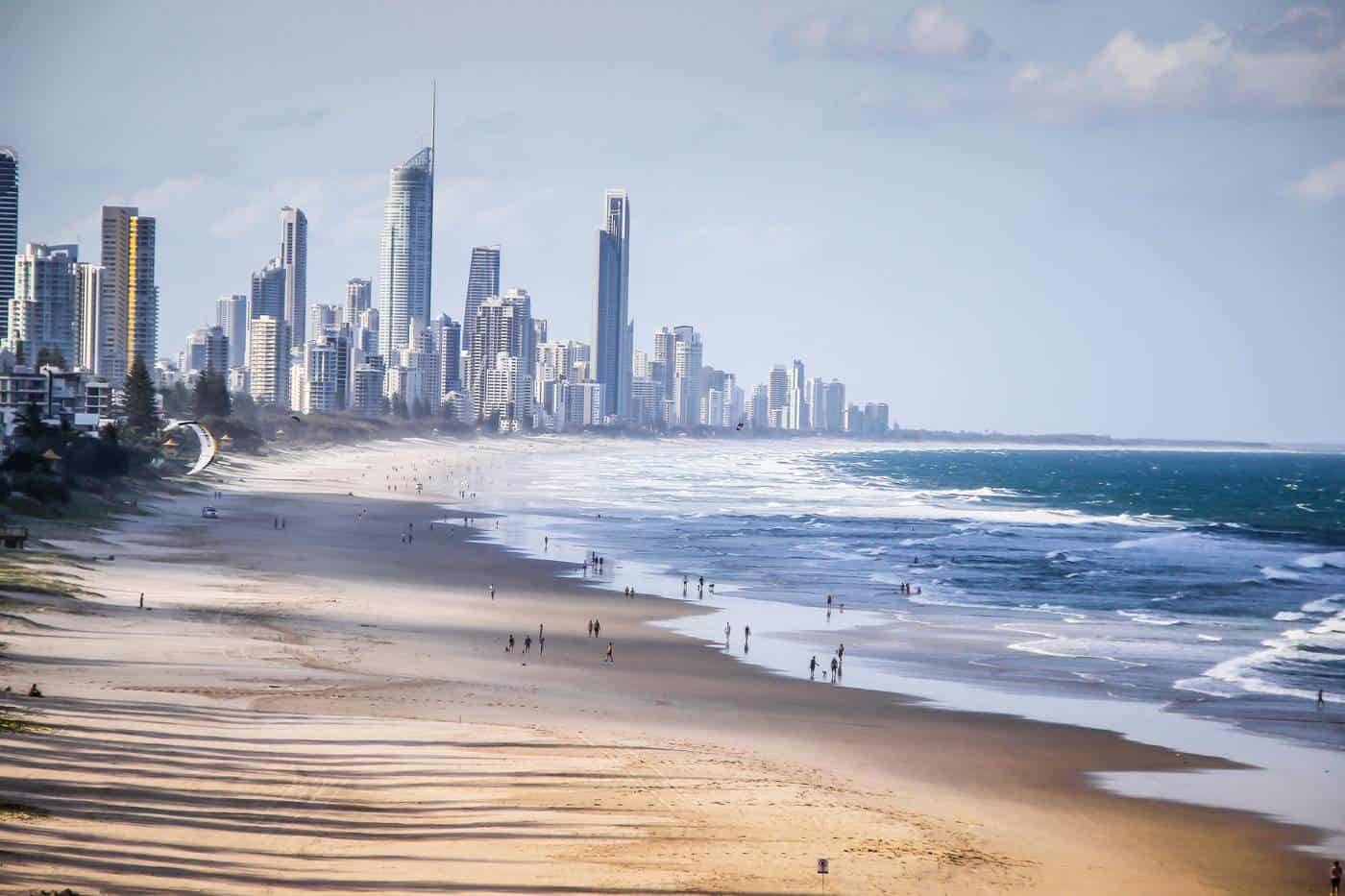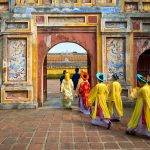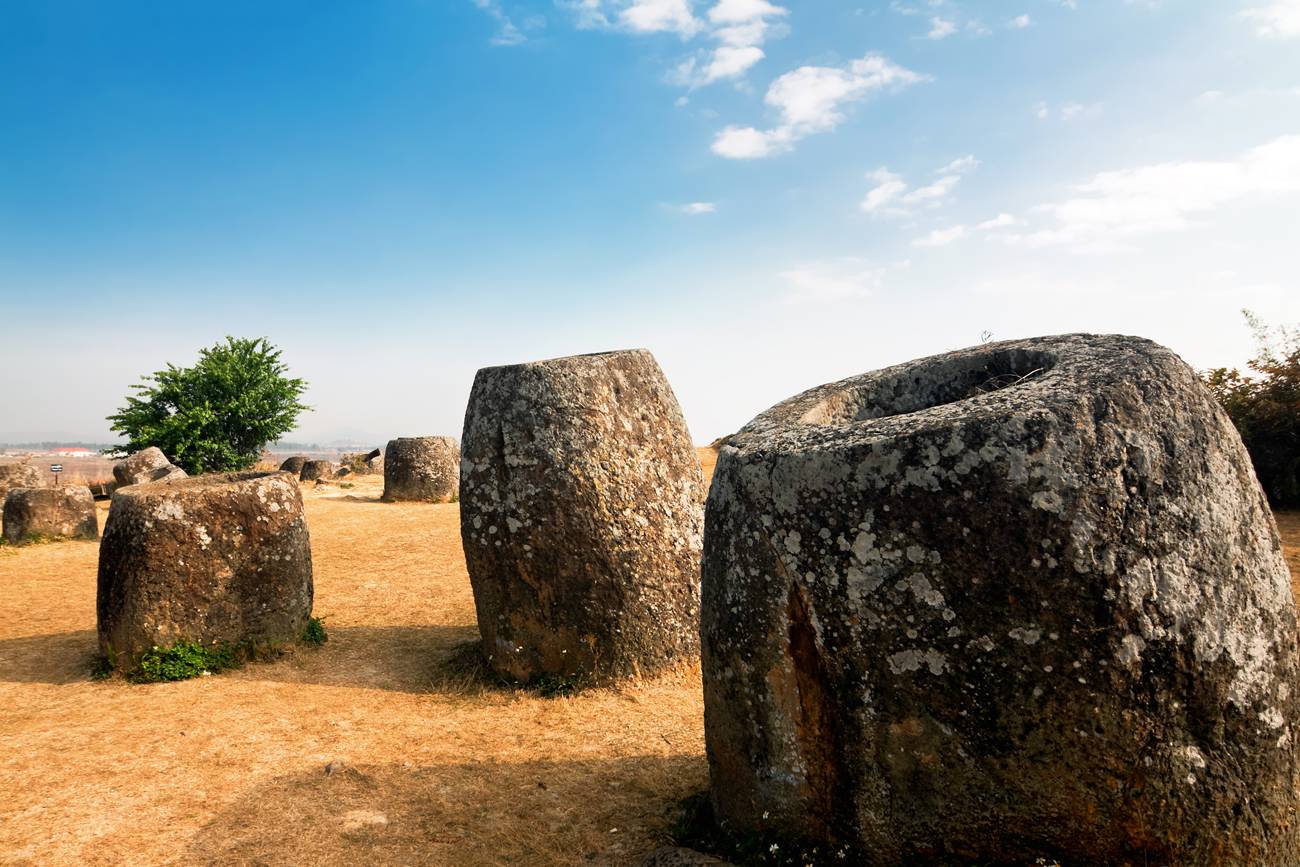
VISIT THE MYSTERIOUS PLAIN OF JARS
The UNESCO recognized Plain of Jars is a large, megalithic plateau in Xiang Khouang – the forgotten province of Laos. The place is named after the strange groupings of stone jars and their lids that were found here in over a dozen archaeological sites. On one of the sites there sit 250 jars that range from about 600 kg to 1 tonne and the largest jar weights unbelievable 6 tonnes.
No one really knows how did these incredible stone objects get here, who made them and why. The Plain of Jars is the ‘Stonehenge of Asia’ and one of the most important prehistoric sites in the continent.
THE MYSTERIOUS JARS
The megalithic rocks were found in the Xieng Khouang Plateau, in Northeast Laos and they are dated to the Iron Age. Some archaeologists assume that they might have been used as storage vessels or perhaps funeral urns.
Even though many different theories have been advanced regarding the purpose of these colossal rock crafts, but no material has ever been discovered to prove any of them, and the site remains a mystery forever.
3 MAJOR MEGALITHIC SITES
There are 3 major sites that can be inspected and every visitor will need to book a tour in Phonsavan ($15 USD) or hire a local guide, as a do-it-yourself option is not allowed for safety reasons. You will be driven around the sites and explained some of the known facts about the ancient jars.
- Site 1 is called Thong Hai Hin and it features the most famous jar Hai Cheaum
- Site 2 is located in the village of Muang Khoun with some picturesque surrounds. The name of this site is Hai Hin Phou Salato
- Site 3, known as Hai Hin Lat Khai, is interesting for the obvious traces of bombing in this zone during the Indochina War. Visitors can see bomb-ruined monasteries and Buddha statues. More than 100 massive jars are located on a hill and once walked up some striking sweeping views of the plains below will come to your sight
NOTE
The area of the Plain of Jars was heavily bombed during the Indochina War and not all the sites have been researched for the uncovered explosives. Currently, only three sites are completely safe to visit whereas the others still likely have unexploded ordnance, so stick to the paths.
WHAT TO DO AROUND
Xiang Khouang is the rural province and often skipped by travellers, but those who decide to explore the area will get to see quite impressive scenery; grassy meadows, rolling brown and purple hills, verdant rice paddies and here and there scattered hill-tribe villages. Hire a bicycle or scooter and ride around to encounter the life in the highlands and interact with the indigenous people.
To gain more knowledge about the history of Xiang Khouang, one should definitely travel to the nearby Muang Khoun, where 62 wonderfully decorated medieval stupas once made home to the king of this minor realm. The town is easily reachable by a motorbike.
NAM ET-PHOU LOUEY
Further east, there are two spectacular national parks that feature abundant fauna and flora and great trekking opportunities. Stretching along the eastern border with Vietnam, Nam Et-Phou Louey conservation area is said to be home to last remaining tigers in Indochina.
Human access is quite limited but there are jungle expeditions, night safari tours, jungle camping available for tourists in Vieng Thong, where the headquarters of the national park is and a small visitor centre.
Besides, there are many biking and walking trails, waterfalls, hot springs and eco-villages where you can interact with the ethnic groups of Tai Dam, Tai Daeng, Tai Kao, Tai Puan, Tai Lue, Tai Yuan, Khmu, Hmong Kao, Hmong Lai, and Yao.

TRAVEL TIP
Visit the nearby Nam Xam Bio-Diversity Reserve that is known for a large number of Asian elephants living in their natural environment. Take a look at the Viengxay caves – an extensive network of limestone caves. 480 of these caves were used by the Lao soldiers during the Indochina War to protect themselves from American bombing.
WHEN TO VISIT
The ideal time to visit the Plain of Jars is between October-April, during the dry season.
HOW TO GET THERE
Fly to Vientiane or Luang Prabang.
Phonsavan is the gateway to the Plain of Jars. To get there, there are frequent local and shuttle buses from Luang Prabang, Vang Vieng and Vientiane and the trip takes between 7-12 hours. Be advised that this trip might delay any time due to bad weather conditions, especially during the wet season.
For all international flights check out www.skyscanner.com or www.momondo.com



